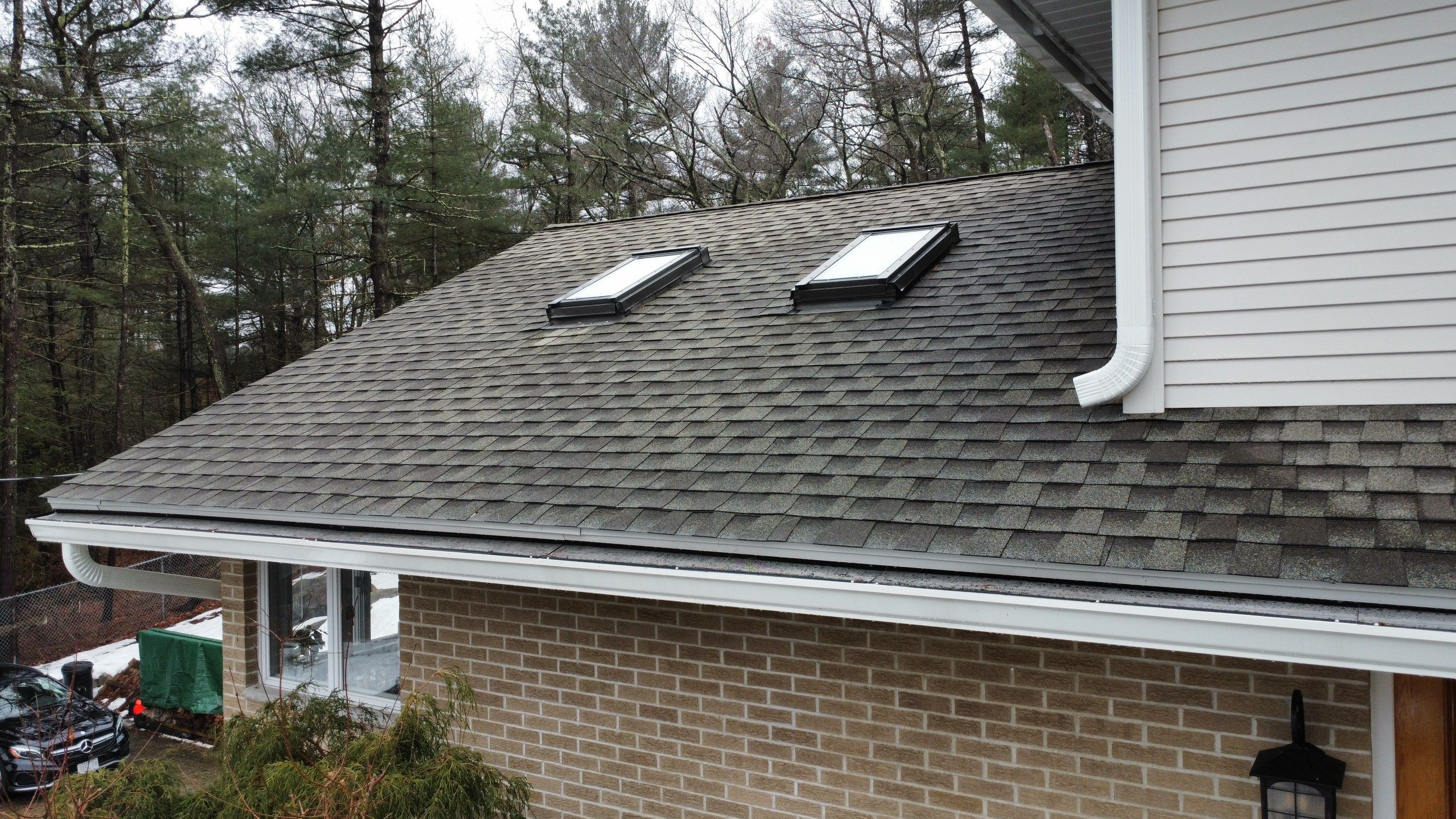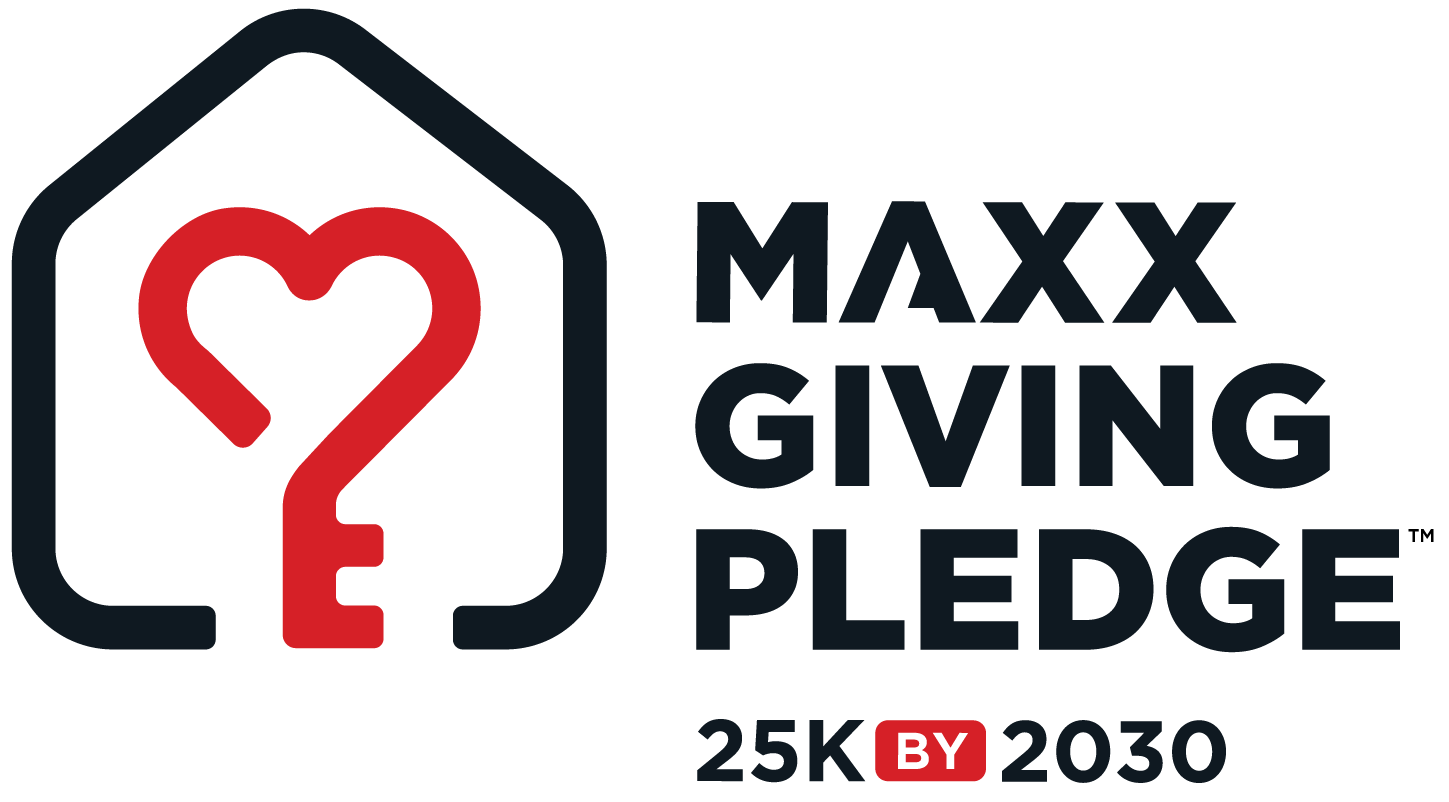
Skylight Installation Costs | Roof Skylight Pricing Guide
On average, homeowners in the USA can expect to pay anywhere from $1,500 to $4,000 for a single skylight installation, including both the unit and professional labor. Some sources indicate a range from as low as $500 for a very basic tubular skylight to over $5,000 for large, complex, or custom units with advanced features.
This broad range highlights that "average" can be misleading, as the final price is heavily dependent on specific choices and existing conditions.
Factors that impact skylight pricing
Understanding the variables involved is key to anticipating your skylight installation cost.
Type and size of skylight
Fixed vs. Ventilating vs. Tubular:
Tubular skylights (sun tunnels) are generally the least expensive, costing roughly $500 - $1,000 installed. They are simpler to install as they only require a small roof penetration and a reflective tube, ideal for hallways or closets.
Fixed skylights (non-opening) are the next most affordable, typically ranging from $1,500 - $3,000 installed. They provide natural light and views without the added complexity of moving parts.
Venting (operable) skylights are the most expensive, often between $2,000 - $4,500+ installed. These can be manually cranked open or be electric/solar-powered, offering fresh air in addition to light. Electric models will incur additional costs for wiring and controls.
Size and Shape: Larger skylights require more material and more extensive roof modifications, leading to higher costs. Custom shapes (circular, triangular, oval) are also more expensive than standard square or rectangular units. A larger skylight might cost anywhere from $500 to $2,000 just for the unit itself, before labor.
Frame Material:
Vinyl: Most affordable ($150 - $1,000 for the unit).
Metal (Aluminum/Steel): More durable, mid-range ($200 - $1,500 for the unit).
Wood: Most expensive, best insulation, but requires more maintenance ($300 - $2,500 for the unit).
Glazing (Glass Type):
Acrylic/Plastic: Least expensive ($150 - $1,000 for the unit).
Tempered Glass: Standard and safer ($200 - $1,500 for the unit).
Double-Pane or Laminated Glass: Offers better insulation and UV protection, increasing cost ($300 - $3,500 for the unit). Features like Low-E coatings, argon gas fills, or self-cleaning glass also add to the price.
Mounting Style:
Curb-mounted: Sits on a framed "curb" built into the roof opening, typically easier to install ($150 - $1,500 for the unit).
Deck-mounted: Sits directly on the roof deck, creating a flush appearance. Often requires more detailed flashing and integration ($150 - $2,500 for the unit).
Roofing material
The type of roofing material significantly impacts labor costs and the complexity of ensuring a watertight seal.
Asphalt Shingles: Generally the most straightforward and least expensive to work with, as shingles are relatively easy to cut and flash around.
Metal Roofing: Requires specialized flashing kits designed for the specific metal panel profile and meticulous heat-welding or sealing techniques to maintain watertightness. This can increase labor costs.
Tile (Clay/Concrete): Often the most challenging and expensive. Tiles are brittle and can break, requiring careful removal and replacement or cutting. Custom flashing may be needed to integrate with the unique tile profiles.
Flat Roofs (TPO, EPDM, Modified Bitumen): While flat roofs might seem simpler, they require precise curb-mounted installations and specialized flashing to prevent water ponding around the skylight, which can add to the cost.
Labor and location
Labor Costs: This is often the largest component of skylight installation. It can range from $400 to $3,700 per skylight depending on the complexity of the project. Factors include:
Roof Pitch/Steepness: Steeper roofs are more dangerous and require more safety equipment and time, increasing labor costs.
Roof Accessibility: Difficult-to-access roofs (e.g., no easy ladder access, obstacles) will incur higher labor charges.
Existing Roof Condition: If the roof deck needs significant repairs or reinforcement before installation, this adds to labor and material costs.
Structural Modifications: Cutting into existing roof trusses or rafters often requires additional framing (headers, trimmers) to maintain structural integrity, which necessitates more labor and potentially a structural engineer's consultation and permits.
Interior Finishing: After installation, the interior ceiling around the skylight will need drywall work, painting, and trim, which adds to labor and material costs if not included in the initial quote.
Electrical Work: For electric venting skylights or those with automated blinds, an electrician will be needed, adding to the total labor cost.
Geographic Location: Labor rates for roofing professionals vary by region and local market demand. Areas with a higher cost of living generally have higher labor rates.
Permits: Most skylight installations require a building permit from your local municipality to ensure safety and code compliance. Permit fees typically range from $50 to $500, depending on the location and project scope.
Fixed vs Venting skylights: Price comparison
As noted above, the choice between fixed and venting skylights is one of the most significant cost drivers.
Fixed Skylights:
Material Cost (Unit Only): Typically ranges from $170 - $1,200.
Installed Cost: Generally $1,500 - $3,000.
Why cheaper: Fewer moving parts, simpler manufacturing, and less complex installation (no electrical wiring needed).
Venting Skylights:
Material Cost (Unit Only): Ranges from $300 - $2,000 for manual models; $600 - $3,000+ for electric/solar models.
Installed Cost: Generally $2,000 - $4,500+.
Why more expensive: The mechanical components for opening/closing, potential for electric motors, remote controls, and rain sensors add to the unit cost. Installation also becomes more complex due to electrical wiring (for electric models) or more intricate flashing around moving parts. Solar-powered venting skylights, which are energy-efficient and may qualify for tax credits, typically fall on the higher end of this range.
The added functionality of venting skylights (especially electric ones) comes with a clear increase in both product and labor costs.
DIY vs Professional installation
While the idea of saving money on labor by undertaking a DIY skylight installation might be tempting, Masterpiece Roofing strongly advises against it. This is a project where the risks of DIY far outweigh the potential savings.
Why professional installation is essential:
Expertise and Precision: Installing a skylight is not just about cutting a hole. It requires precise measurements, understanding of roof structure (including potential truss/rafter modifications), proper flashing techniques for various roofing materials, and ensuring a perfect, watertight seal. A professional roofer has the experience to handle these complexities.
Waterproofing: The roof is your home's primary defense against water. An improperly installed skylight is a major leak waiting to happen, which can lead to costly water damage, mold, and structural issues. Professionals guarantee a leak-free installation.
Structural Integrity: Cutting into your roof requires knowledge of structural engineering to avoid compromising the roof's stability. Professionals know how to properly frame the opening with headers and trimmers.
Safety: Working on a roof, especially on pitched or high roofs, is inherently dangerous. Professionals have the necessary safety equipment, training, and insurance to perform the job safely.
Warranty and Insurance: Most skylight manufacturers will void their product warranty if the unit is not installed by a certified professional. Furthermore, your home insurance may not cover damage resulting from a DIY skylight installation error.
Tools and Materials: Professionals have specialized tools for cutting roofing materials, bending flashing, and ensuring a precise fit. They also have access to high-quality, manufacturer-specific flashing kits that are crucial for a durable installation.
Building Codes and Permits: Professionals are familiar with local building codes and permitting requirements, ensuring your installation meets all necessary standards and passes inspection.
DIY Costs: While you would save on labor, you'd still need to purchase the skylight unit, tools, and potentially repair materials for mistakes. The actual cost savings often diminish when accounting for potential re-dos, material waste, and the risk of significant water damage. Attempting a DIY skylight installation without extensive roofing experience often leads to more expensive repairs down the line than the initial cost of professional installation.
Investing in a professionally installed skylight by Masterpiece Roofing ensures not only a beautiful addition to your home but also peace of mind that the job is done correctly, safely, and is fully warranted.
Ready to brighten your home with a new skylight? Contact Masterpiece Roofing today for a personalized consultation and a precise cost estimate!
Office: 1248 Highland St, Holliston, 01746 MA
(508) 882-6080
Email: office@buttonmasterpieceroof.com
Site: www.masterpieceroof.com
Assistance Hours
Mon – Fri 8:00am – 4:00pm

